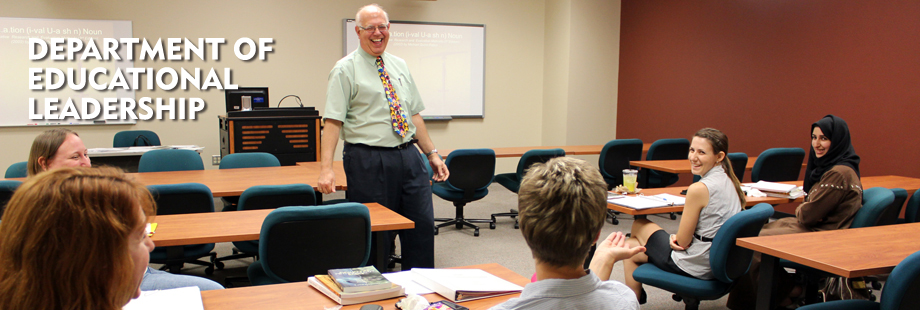Getting Serious about Institutional Performance in Student Retention: Research-Based Lessons on Effective Policies and Practices
Document Type
Article
Publication Date
1-2009
Publication Source
About Campus
Abstract
Given tightening fiscal constraints, growing pressure from public policymakers to improve student persistence and graduation rates, and the ever-present imperative to cultivate institutional quality and prestige, the conversation about student persistence is shifting from the abstract and theoretical to the concrete and actionable. of greatest concern is the human toll that attrition takes on those who leave college without achieving their goals. students who do not persist, especially if they leave for reasons an institution can control, are cheated of important opportunities to learn in college and to reap the benefits of that learning after graduation.Despite increasing college enrollments and the pressure to improve student achievement, completion rates have remained fairly constant over the past thirty years, according to the national center for education statistics. recognizing the importance and complexity of issues associated with student persistence now comes with the territory for concerned educators, but getting serious about these issues—serious enough to significantly improve learning, success, persistence, and graduation rates for all students—requires more than a serious mind-set. Getting serious about student persistence requires that educators connect what they know about institutional retention practices with an empirically grounded sense of what works.
Inclusive pages
2-11
ISBN/ISSN
1536-0687
Publisher
John Wiley & Sons
Volume
13
Issue
6
Peer Reviewed
yes
eCommons Citation
Hossler, Don; Ziskin, Mary; and Gross, Jacob P. K., "Getting Serious about Institutional Performance in Student Retention: Research-Based Lessons on Effective Policies and Practices" (2009). Educational Leadership Faculty Publications. 226.
https://ecommons.udayton.edu/eda_fac_pub/226
COinS




Comments
References:
American Association of State Colleges .and Universities. (2005). Student success in state colleges and universities: A matter of culture and leadership. New York: Author.
Braxton, J. M., McKinney, J., & Reynolds, P. (2006). Cataloging institutional efforts to understand and reduce college student departure. In E. P. St.John & M. Wilkerson (Eds.), Reframing persistence research to improve academic success (pp. 25-32). New Directions for Institutional Research, No. 130. San Francisco: Jossey-Bass.
Carey, K. (2008). Graduation rate watch: Making minority student success a priority. Washington DC.: Education Sector. Engle, J., & O'Brien, C. (2007). Demography is not destiny: Increasing the graduation rates of low-income college students at large public universities. Washington, DC: Pell Institute for the Study of Opportunity in Higher Education.
Kuh, G. D., Kinzie, J., Schuh, J. H., Whitt, E. J., & Associates. (2005). Student success in college: Creating conditions that matter. San Francisco: Jossey-Bass.
Muraskin, L., & Lee, J. (2004). Raising the graduation rates of low-income college students. Washington DC: Pell Institute for the Study of Opportunity in Higher Education.
National Center for Education Statistics. (2004). The condition of education 2004. Washington, DC: Author.
Patton, L. D., Morelon, C., Whitehead, D. M., & Hossler, D. (2006). Campus-based retention initiatives: Does the emperor have clothes? In E. P. St. John & M. Wilkerson (Eds.), Reframing persistence research to improve academic success (pp. 9 -24). New Directions for Institutional Research, No.130. San Francisco: Jossey-Bass.